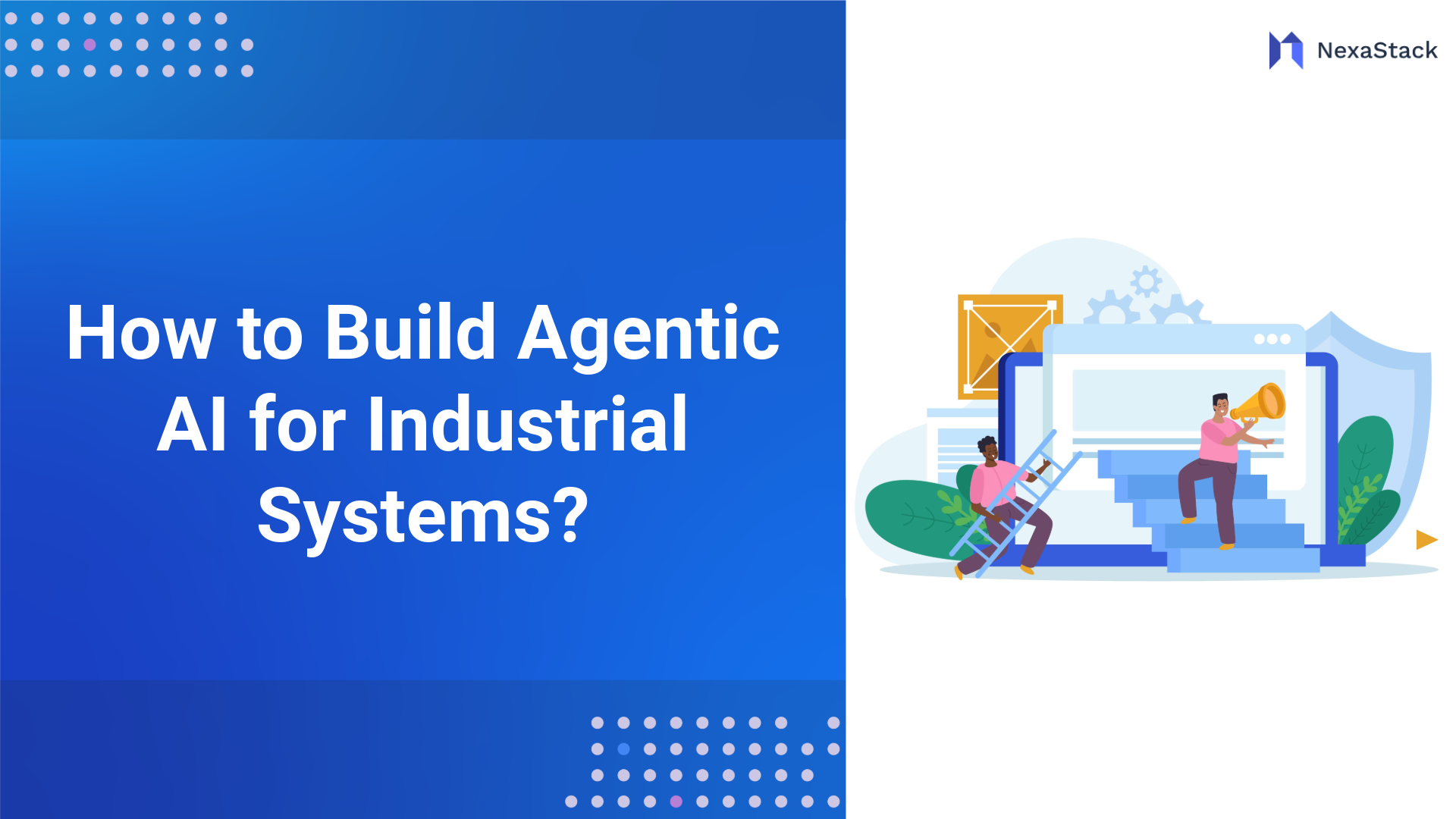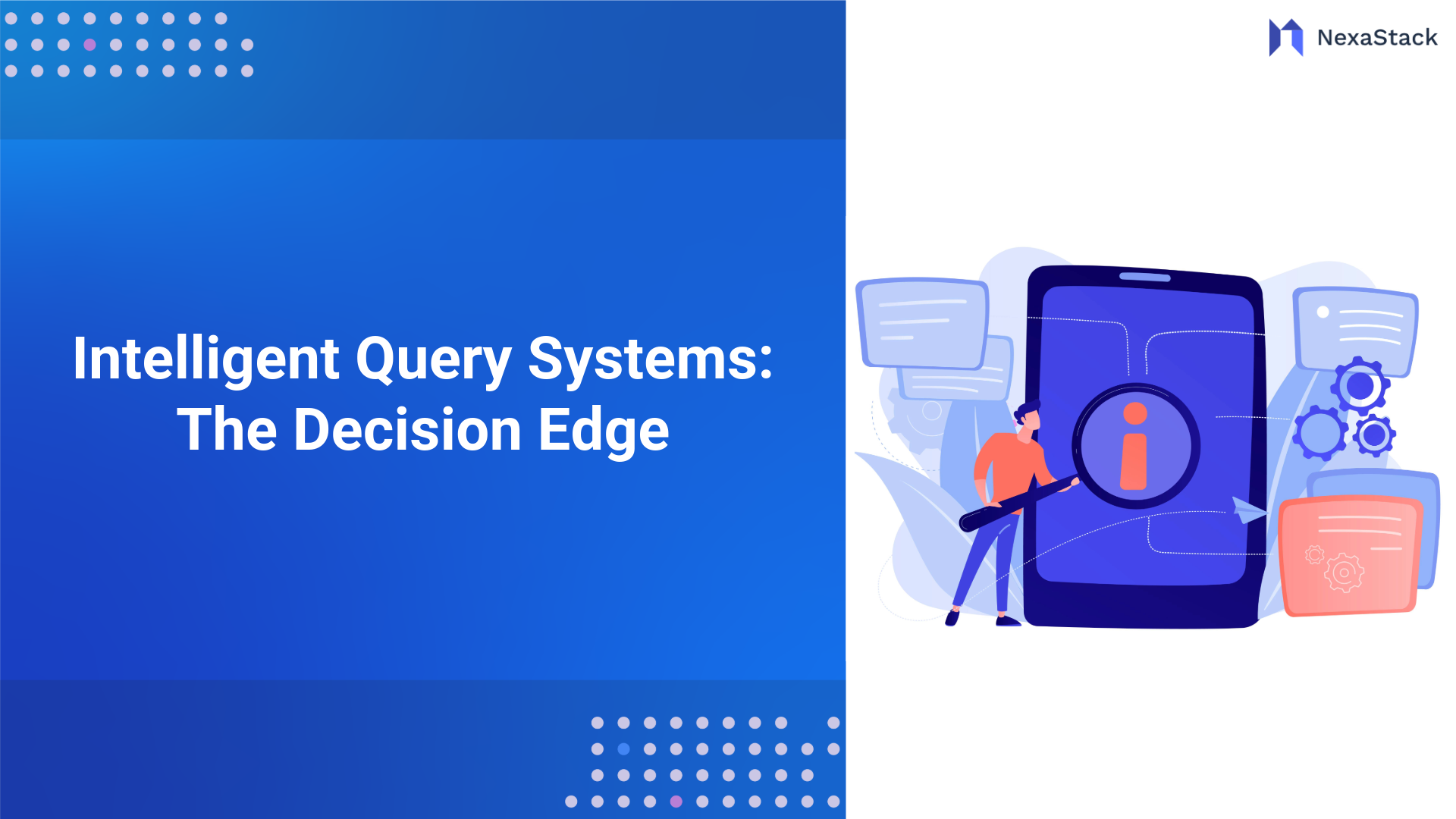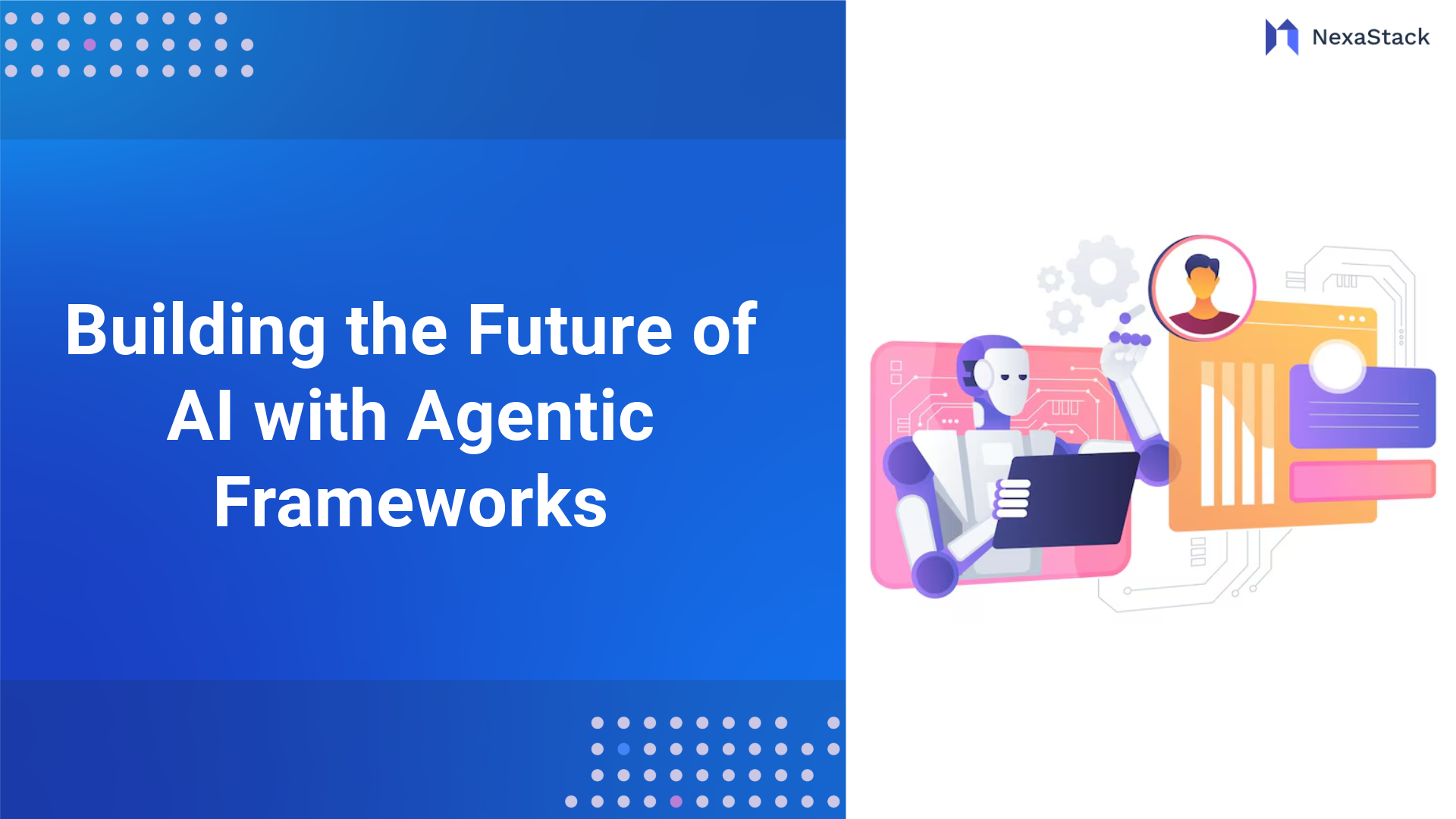How to Prepare Your Stack for Agentic AI Integration
Adopting an agentic infrastructure is not something that can be done overnight. It needs to be a well-considered approach to architecture, data readiness, and operational culture. This is what organisations need to do to prepare:
-
Update Data Pipelines: Agentic AI feeds on high-quality, real-time data. Spend money on solid observability platforms and combined telemetry pipelines to provide agents with precise, detailed visibility.
-
Implement Cloud-Native and API-Driven Architectures: Agents require composable, modular environments to function properly. Embrace microservices, container orchestration (such as Kubernetes), and APIs for fine-grained control and dynamic orchestration.
-
Implement Strong Identity and Policy Frameworks: Autonomous agents will operate within strict guardrails. To maintain security and compliance, implement zero-trust principles and fine-grained access controls.
-
Prepare for Continuous Integration of AI Models: Infrastructure teams need to develop the ability to deploy, monitor, and retrain AI models as an integral part of regular DevOps routines.
-
Create a Culture of Trust and Collaboration: Human operators need to be able to work with agents instead of perceiving them as a threat. This requires transparency, precise role definitions, and practical training initiatives.
-
Plan for Failover and Human-in-the-Loop Scenarios: Although agents will be able to act independently, human intervention remains vital in critical decision situations. Implement fallback procedures and escalation channels within your operations plan.
By laying these fundamental building blocks, organisations can provide the groundwork for a seamless and secure integration of Agentic AI.
Strategic Roadmap: Future-Proofing Your Infrastructure
Organisations need a forward-looking roadmap that aligns with long-term business objectives to truly harness Agentic AI's potential. Here’s a high-level guide:
-
Assess Readiness and Define Objectives: Begin by conducting a maturity assessment of your current infrastructure, data capabilities, and operational processes to determine your readiness. Then, define clear business goals that Agentic AI can help achieve—whether reducing costs, improving resilience, or enabling new services.
-
Grow Incrementally: Begin with pilot initiatives in non-critical environments to prove value and optimise strategies. Incrementally grow agentic capacity to core production workloads.
-
Invest in Talent and Partnerships: Upskill internal talent on AI operations, agent creation, and AI ethics. Develop partnerships with AI solution providers and universities to remain ahead of innovation.
-
Establish Governance and Ethical Guidelines: Create policies for autonomous operation, including transparency requirements, audit trail protocols, and decision accountability structures.
-
Prioritize Interoperability and Vendor Neutrality: Prevent vendor lock-in by creating agile systems capable of interacting across various platforms and clouds. Use open standards wherever feasible.
-
Constitutively Assess and Realign: As the business and technology landscapes change, align your strategic and architectural approaches accordingly. Establish ongoing feedback loops and measures to monitor progress and results.
By approaching Agentic AI integration as a strategic iterative process rather than a discrete project, organizations can construct infrastructure that not only serves today's needs but also flourishes in tomorrow's changing environments.
Conclusion of Agentic AI Infrastructure
Agentic AI marks a turning point in infrastructure management, transitioning systems from automation to being truly intelligent, adaptive, and autonomous. The change holds vast potential, offering increased efficiency, reduced costs, improved resilience, and enhanced agility. Yet for these benefits to materialise, a strategic approach to technology, processes, and culture is needed.
Organisations that prepare today will be well placed to capture the benefits of Agentic AI tomorrow. By learning the fundamental principles, piloting targeted use cases, and establishing a solid architectural and organisational foundation, leaders can future-proof their infrastructure and reimagine operational excellence in the AI era.






